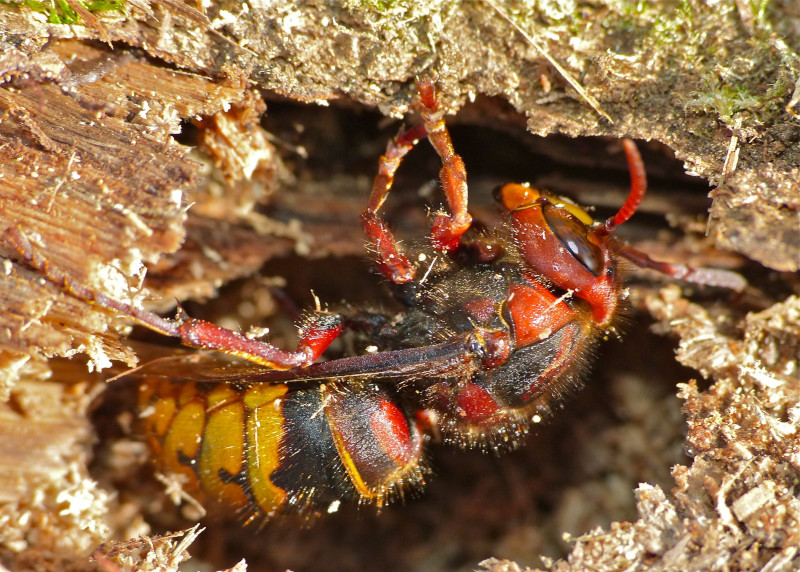
European Hornet Facts
- This dazzling Arthropod most frequently goes by the highly informative common name of European Hornet is most of its natural range. Yet, the invertebrate does have at least a few alternate general titles. These include such terms as giant hornet or brown hornet.
- Within the scientific community, however, it’s perhaps much better known by its purely technical designation. Thankfully, that’s an extremely simple one for the average layperson to pronounce. That’s because this insect holds the official moniker of Vespa crabro.
- The marvel of Nature received that epithet due to the efforts of the famous Carl Linnaeus. The highly esteemed Swedish zoologist accomplished the first recognition of it as a separate and distinct species. He managed that scientifically noteworthy deed in the year 1758.
- Until recently entomologists believed that at least one subspecies of this natural marvel existed. In-depth research, though, subsequently proved this to be an erroneous assumption. What was thought to be a subspecies turned out to be merely regional variations.
- Fortunately, the amazing European Hornet appears to be maintaining a population base that’s both stable and sufficient in nature. That pleasant trend also seems to hold true across its entire native range. The IUCN therefore presently has no listing for it on the Red List.
- The impressive creature nevertheless should be considered as facing several potential threats to its continued existence as a species, at least. Not surprisingly, most of these stem from the actions of mankind. They include the perils of both habitat loss and climate change.
Related Articles
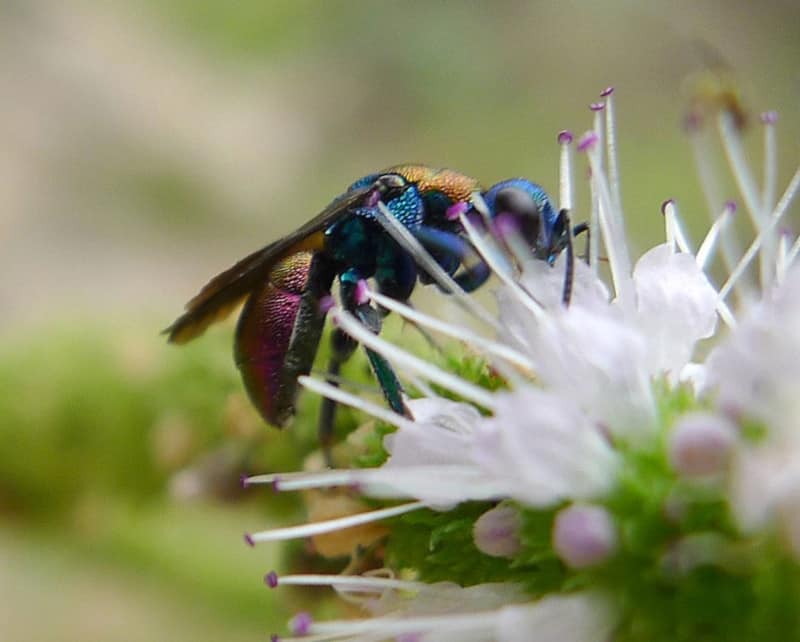
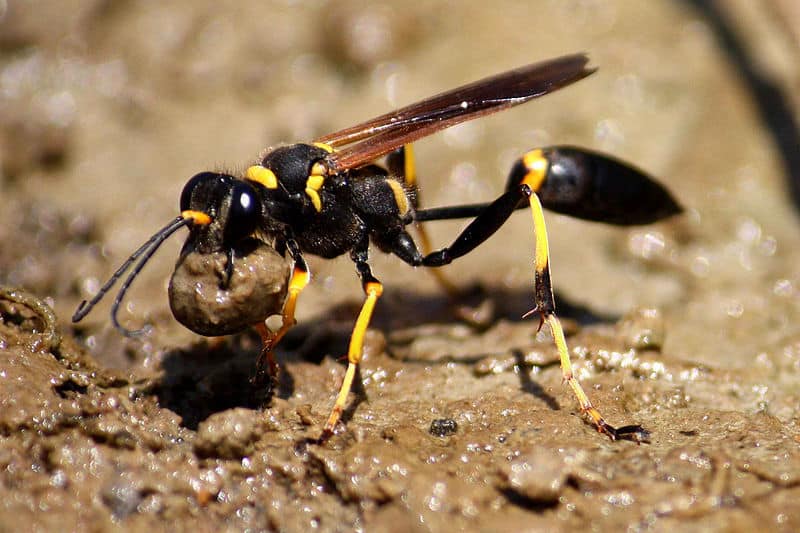

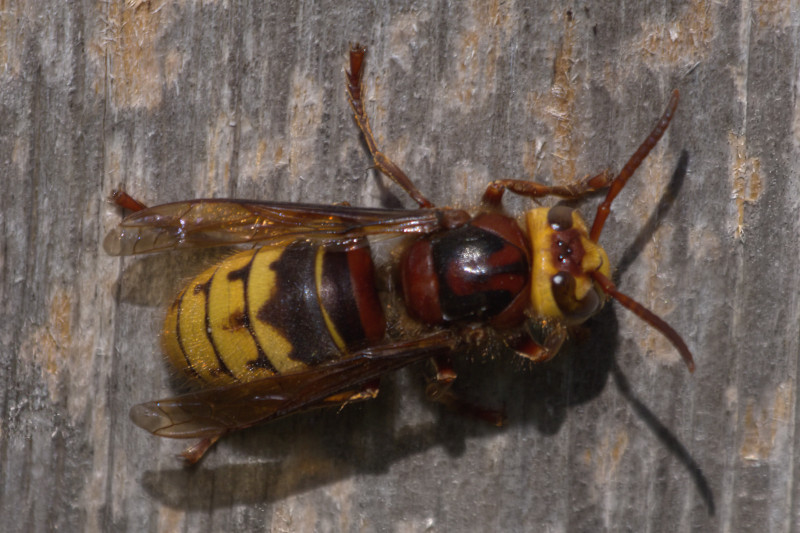
European Hornet Physical Description
The remarkable European Hornet certainly captures the attention of most individuals fortunate enough to encounter one. Unfortunately, though, that’s not usually due to its visual appeal, despite its presence. Most people hold completely erroneous beliefs concerning its behavioral patterns.
That’s truly a shame, because this invertebrate boasts some highly appreciable phsyical attributes. In this regard, it follows a pattern of development that predominates among its relatives around the world. That’s in the fact that the insect displays a specific version of sexual dimorphism.
In its case, however, this physiological characteristic mainly manifests itself in terms of size. Yet, it also does so in regard to gender, too. That’s true since, like most bees and wasps, the creature possesses a three-caste system. Each of these castes presents very different outward features.
Not surprisingly, queens of the marvel attain the greatest average dimensions. These sometimes reach lengths equaling as much as 1.4 in (3.5 cm). Most, though, do not quite reach this size. She also has a greater mass than either the males or workers. Coloring is the same for all, though.
Workers, meanwhile, typically grow to an average length measuring approximately 1 in (2.5 cm). Their body shape, and likewise mass, also remains notably less than that of the queen. Along with her, these members of the hive additionally possess a total of only six abdominal segments.
Males of the European Hornet distinguish themselves from the other castes. They attain a slightly smaller size than the workers, who are all female. These also lack the stinger that the workers develop. But, while smaller than the others, their abdomens actually have seven sections.
Otherwise, outward appearance remains virtually identical for all members of the species. The wings of this Arthropod generally present a pale reddish-orange. Its thorax, though, displays a striped pattern of yellow and brown. It also has a thing covering of hair on its thorax and abdomen.
- Kingdom: Animalia
- Phylum: Arthropoda
- Class: Insecta
- Order: Hymenoptera
- Family: Vespidae
- Genus: Vespa
- Species: V. crabro
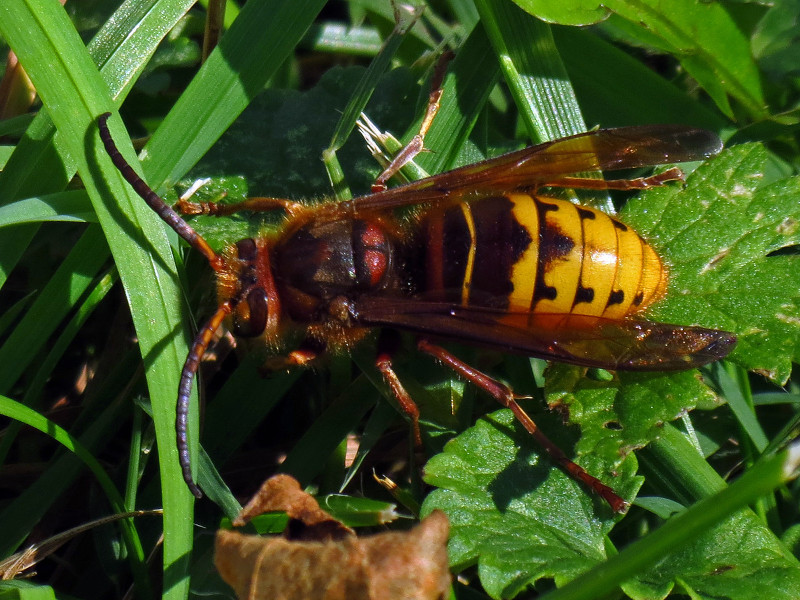
European Hornet Distribution, Habitat, and Ecology
The amazing European Hornet evolved as native to a surprisingly large expanse of the surface of the earth. The exact placement of that zone of habitation might surprise some people, however. That’s because, despite the implication of its name, it isn’t merely native to the landmass of Europe.
The highly impressive Hymenoptera also developed as endemic to certain parts of Asia, as well. Within that greater territory, its range extends from the United Kingdom, in Europe, to as far away as Japan, in Asia. Now, though, it’s also been introduced into many other areas of the world.
Nature provided the marvel of the insect world with an evolutionary advantage over some similar species. That’s due to the fact that it evolved a moderate flexibility regarding its choice of habitat. The hornet therefore appears in a reasonably wide range of marginally similar ecosystems.
All of these, however, are situated with purely temperature climates, wherever they appear. Inside such regions, though, it inhabits a braod array of places. It often lives in such locations as grasslands and forests. It’s even adapted to living in proximity to, and sometimes even inside, human homes.
Like most of its kind, the captivating European Hornet lives as a eusocial animal. It constructs nests, which it makes from chewed paper. Most colonies contain between 200 – 400 workers, along with a handful of males and a single queen. Larger nest, though, may contain as many as 1,000 workers.
The inverebrate further evolved as primarily carnivorous in nature, like its relations. Its typical prey consists of fairly large insects, such as mantises, dragonflies, moths, beetles, and even other wasps. Yet, the insect also consumes small amounts of fallen fruit, or other ready sources of sugar.
Species Sharing Its Range
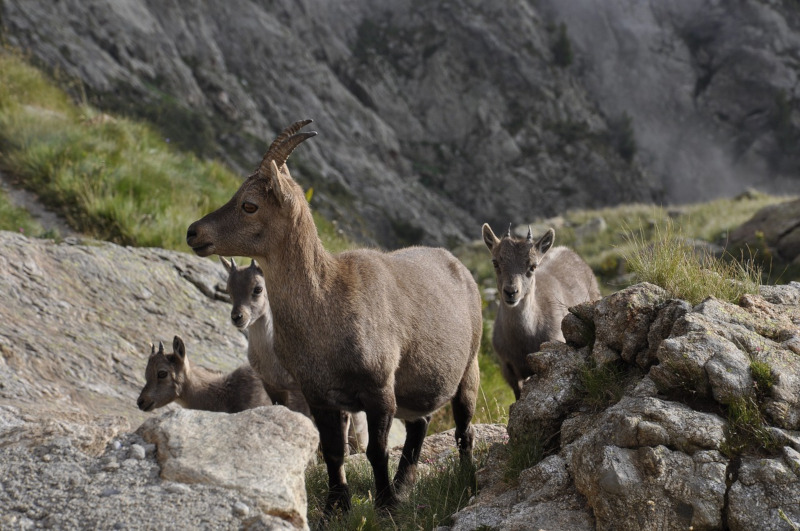

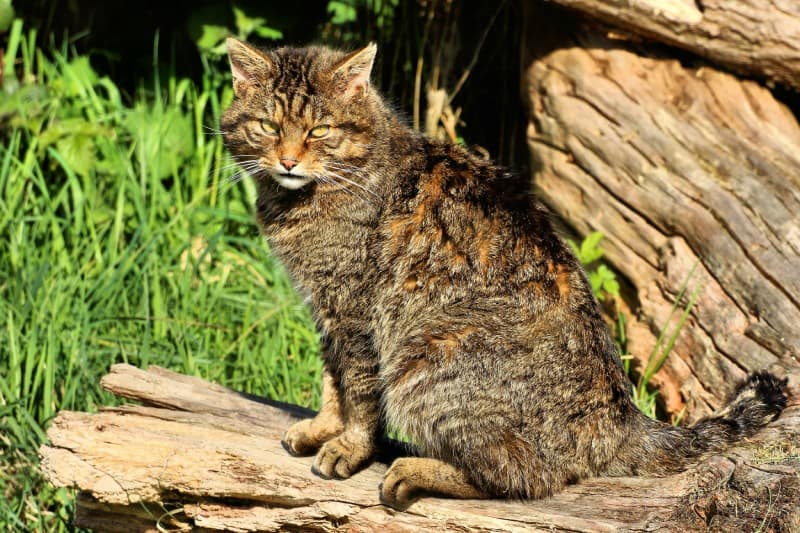
Check out our other articles on 4 Charming Christmas Season Species, Marbled Polecat, Table Mountain, Cheddar Pink, Fire Salamander, Spiny Butterfly Ray, Pea Blue, Philippine sailfin lizard









Leave a Reply